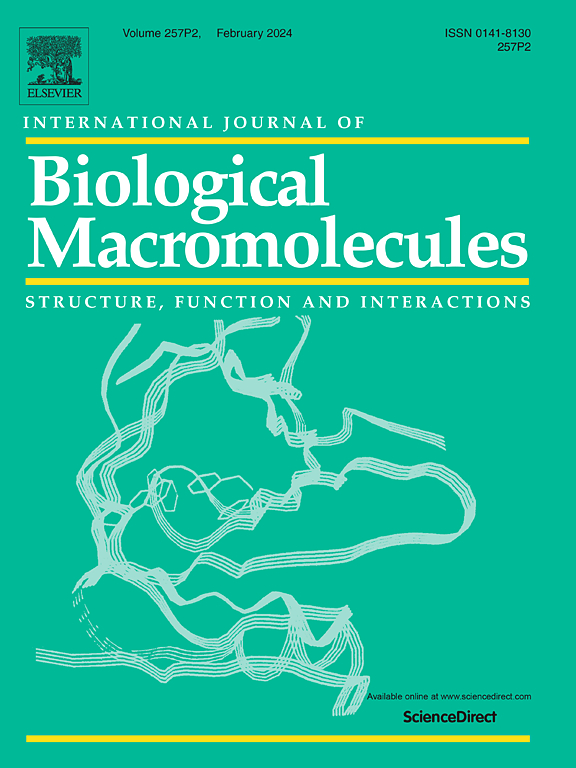Microbial polysaccharides biosynthesis and their regulatory strategies
IF 7.7
1区 化学
Q1 BIOCHEMISTRY & MOLECULAR BIOLOGY
International Journal of Biological Macromolecules
Pub Date : 2025-05-01
DOI:10.1016/j.ijbiomac.2025.143013
引用次数: 0
Abstract
Microbial polysaccharides hold significant potential for various applications, including food, cosmetics, petroleum, and pharmaceuticals. A deeper understanding of their biosynthetic pathways and regulatory strategies is crucial for enhancing production efficiency and reducing associated costs. To summarize synthetic biological modification strategies for microbial polysaccharides from a hierarchical perspective, this review classifies these polymers into three categories based on the depths of carried out research regarding their biosynthetic pathways and regulatory strategies, i.e., (1) microbial polysaccharides with well-elucidated biosynthetic pathways, (2) microbial polysaccharides with well-elucidated precursor sugar biosynthetic pathways but synthase-encoding genes incompletely understood, and (3) those whose biosynthesis depends on a single synthetic enzyme. We systematically summarize the biosynthetic pathways of these three categories and provide insights into yield-improvement strategies. This review aims to serve as a valuable reference for metabolic regulation of microbial polysaccharides and to facilitate future advances in their production.

微生物多糖的生物合成及其调控策略
微生物多糖在食品、化妆品、石油和药品等方面具有巨大的应用潜力。更深入地了解它们的生物合成途径和调控策略对于提高生产效率和降低相关成本至关重要。为了从层次的角度总结微生物多糖的合成生物学修饰策略,本文根据对其生物合成途径和调控策略的研究深度,将这些聚合物分为三类:(1)生物合成途径已阐明的微生物多糖;(2)前体糖生物合成途径明确但合成酶编码基因不完全清楚的微生物多糖;(3)生物合成依赖于单一合成酶的微生物多糖。我们系统地总结了这三类的生物合成途径,并提供了产量提高策略的见解。本文旨在为微生物多糖的代谢调控提供有价值的参考,并促进其生产的进一步发展。
本文章由计算机程序翻译,如有差异,请以英文原文为准。
求助全文
约1分钟内获得全文
求助全文
来源期刊
CiteScore
13.70
自引率
9.80%
发文量
2728
审稿时长
64 days
期刊介绍:
The International Journal of Biological Macromolecules is a well-established international journal dedicated to research on the chemical and biological aspects of natural macromolecules. Focusing on proteins, macromolecular carbohydrates, glycoproteins, proteoglycans, lignins, biological poly-acids, and nucleic acids, the journal presents the latest findings in molecular structure, properties, biological activities, interactions, modifications, and functional properties. Papers must offer new and novel insights, encompassing related model systems, structural conformational studies, theoretical developments, and analytical techniques. Each paper is required to primarily focus on at least one named biological macromolecule, reflected in the title, abstract, and text.

 求助内容:
求助内容: 应助结果提醒方式:
应助结果提醒方式:


